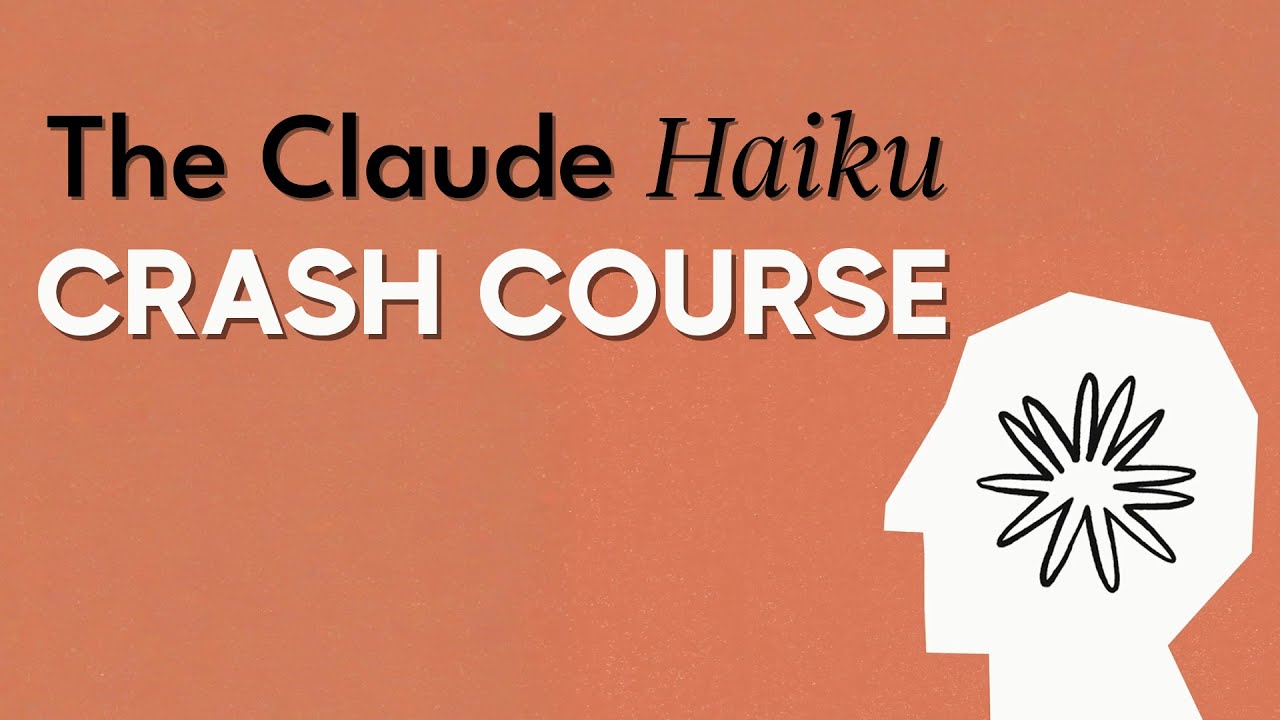The video provides a detailed overview of the Claude 3 Haiku model, highlighting its cost-effectiveness, versatility, and performance in handling multimodal tasks compared to other models like GPT-4 Vision. It showcases practical applications of the Haiku model in various tasks such as language generation, image processing, and structured data processing, emphasizing the importance of proper prompts and exemplars to enhance its performance across different use cases.
The video discusses the introduction and features of the Claude 3 Haiku model, focusing on its cost-effectiveness compared to other models like GPT-4 Vision. It highlights the Haiku model’s ability to handle multimodal tasks at a significantly cheaper price, making it a compelling option for various applications. The speaker emphasizes the Haiku model’s strong performance, particularly in tasks like language generation and image processing, showcasing its potential as a versatile and budget-friendly choice for a wide range of AI applications.
Moreover, the video delves into the practical applications of the Haiku model, such as generating lyrics for a fictional song, transcribing handwritten notes, and converting organizational charts or financial statements into JSON format. The model demonstrates proficiency in these tasks, showcasing its adaptability and accuracy in processing different types of data inputs. The presenter also provides examples of how proper prompting and use of exemplars can enhance the model’s performance and output quality, indicating the importance of fine-tuning prompts for optimal results.
Additionally, the video explores the performance of the Haiku model in tasks like image description, counting objects in images, and reasoning over structured data. It compares the Haiku model to the Opus model in various scenarios, highlighting instances where the Haiku model surprisingly outperforms its counterpart. The speaker offers insights into using XML tags and exemplars to guide the model in producing accurate outputs, showcasing the model’s potential for handling complex information processing tasks effectively and efficiently.
Furthermore, the benefits of utilizing the Haiku model in multimodal prompting and output generation are discussed, emphasizing its cost-effectiveness and high-quality results. The presenter reveals how combining exemplars from the Opus model with prompts designed for the Haiku model can yield favorable outcomes in tasks such as question-answering and relational data extraction. The video strongly advocates for exploring the capabilities of the Haiku model and experimenting with different prompts and techniques to maximize its performance across various use cases.
In conclusion, the video underscores the advantages of the Claude 3 Haiku model in terms of affordability, performance, and versatility. It encourages viewers to leverage the model’s capabilities for a wide array of applications, ranging from language generation to structured data processing. The video hints at upcoming content that will showcase the Haiku model’s applications in agent-based systems, hinting at its potential for enhancing interactive AI experiences. Overall, the video serves as a comprehensive guide to understanding and utilizing the Claude 3 Haiku model effectively in AI development.
